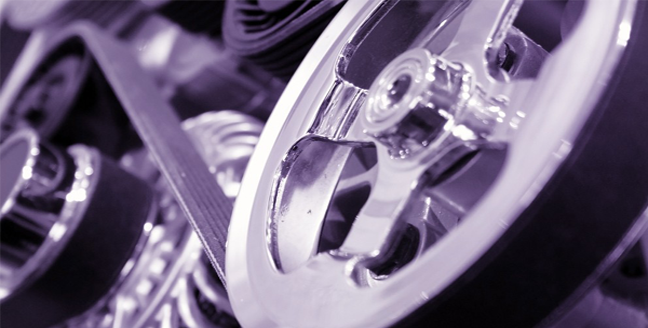Cambelts
Cambelts/Timing belts

A snapped cambelt can result in engine head dismantling and valve replacement
Your timing belt, also known as the cambelt, allows the engine crankshaft to turn the camshaft which controls the opening and closing of the engine’s valves. The valves open and close allowing fuel to enter, ignite, and exhaust, thus the valves are a primary part of controlling the flow of fuel and exhaust gasses through the engine.
The cambelt allows all this to happen and an engine cannot run without it. In some engines, the timing belt may also be used to drive other engine parts such as the water pump and oil pump. A snapped cambelt can result in engine head dismantling and valve replacement, with labour and materials often costing hundreds of pounds.
If your vehicle’s cambelt or associated timing components are damaged, it is likely that the engine’s timing is out and potentially there has been damage to the valves and associated components. If there is reasonable suspicion that this is the case, the engine head should be removed as a first course of action.
These belts should be replaced under the strict guidelines set out by the manufacturer of your vehicle.
These guidelines must be adhered to. Failure to replace a timing belt within the guidelines could mean an immediate break down and very expensive internal engine damage.
NOTE: never exceed the manufacturers replacement interval times by mileage covered or time served, as rubber fatigues regardless of use!
Please contact us with your full registration number for a free quote and your specific recommended replacement times.



